The nineteenth century was a pivotal period in the history of the islands.
In one of his lectures, Spanish scholar Carlos Madrid underscores the need for further exploration of primary sources, recognizing the 19th century as a pivotal period in NMI history. Emphasizing an island-centric viewpoint, he sheds light on key events, including Carolinians’ settlement and trade, Chamorros’ resettlement of Saipan, the 1856 smallpox epidemic on Guam, the rise and fall of whalers’ trade, and the extension of colonial rule to the NMI.
Detailing the acceleration of technological and political developments, Madrid highlights the interest of major powers – Japan, Germany, and the United States – in the Marianas. The so-called division of the Marianas archipelago in 1899 resulted in Guam becoming an American colony, while the Northern Marianas fell under German control.
Madrid categorizes the 19th-century history of the Marianas into three distinct periods: 1804-1850, 1850-1885, and 1885-1899.
Upon the arrival of colonizers, Madrid notes the interruption of Carolines-Marianas trade, reopening in 1804 with Luis de Torres utilizing an American ship. Saipan’s repopulation and the influx of Carolinians further enriched the islands.
In addition to repopulation, Madrid highlights the arrival of scientific expeditions, notably the Louis-Claude de Saulces de Freycinet scientific expedition, spending three months in the Marianas collecting ethnographic and geographic data.
The 1820s to 1860s saw a surge in whaling operations, driven by the discovery of sperm whale oil as an alternative to coal, with Guam serving as a supply station.
The Galleon Trade, interrupted in 1815, saw Guam as a crucial supply station for ships plying the route from Acapulco to Manila. Economic activity aside, Madrid delves into the political structure, pointing out that the smallest political unit was the barangay, led by a cabeza de barangay who could be elected as gubernadorcillo, serving as both head of the town and judge.
Madrid notes that, akin to the Philippines, only males were allowed to vote or hold office. Casa Real, the seat of power, held significance, with the Saipan location now occupied by Jollibee and the Rota Casa Real standing as the oldest existing building in the Marianas.
He underscores the pillars of Spanish administration: Catholicization and law implementation, rooted in the 16th-century Patronato Real agreement allowing the spread of Christianity. Despite a Jesuit-run school operating on Guam until their expulsion, teaching of religion persisted.
The 1856 smallpox epidemic, possibly originating from a ship from the Philippines, devastated Guam. Madrid details the lax observation of quarantine laws, leading to a tragic spread claiming 60% of the population.
The 1870s saw an influx of political prisoners, disrupting the already scarce food supply. After the 1872 Cavite Mutiny in the Philippines, exiles flooded the Marianas, creating tensions.
The period from 1885 to 1899 marked the emergence of imperial interests. The United States, Japan, and Germany eyed the region as a colony. The Treaty of Paris solidified the split of the Marianas, with Guam and the Philippines ceded to the United States, while the Northern Marianas became German territory.



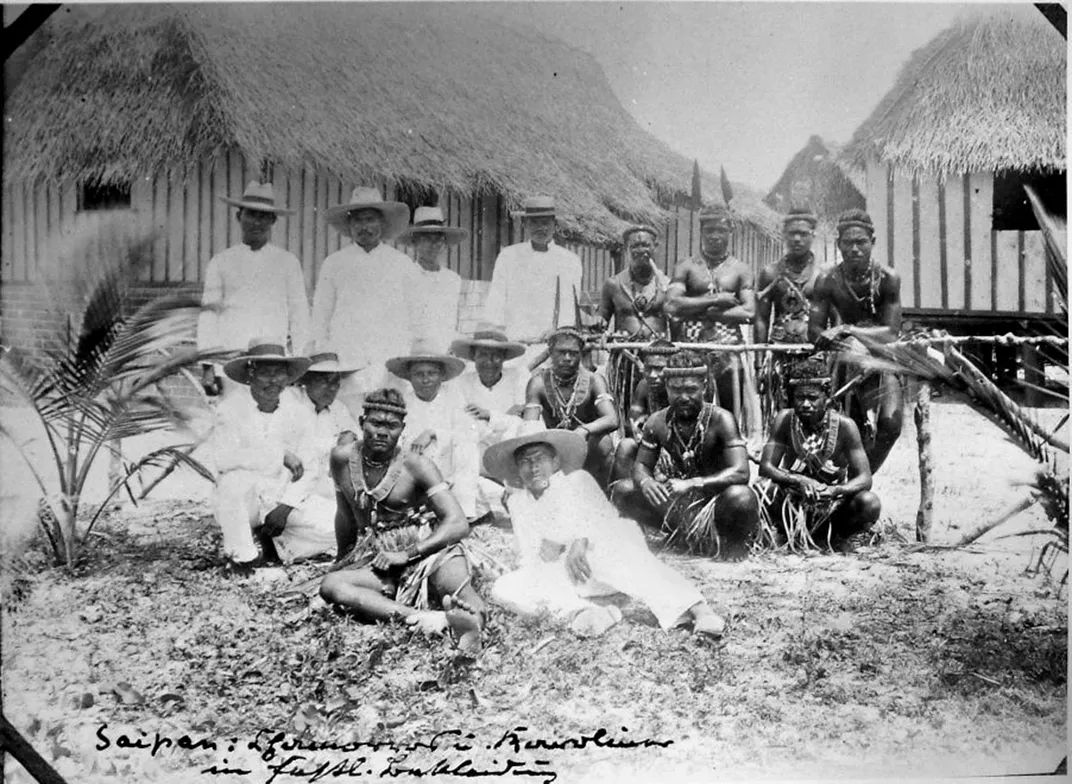
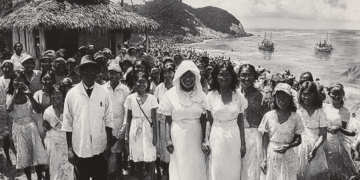
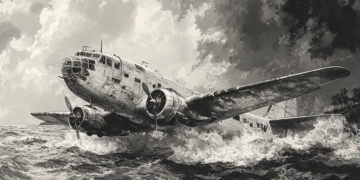

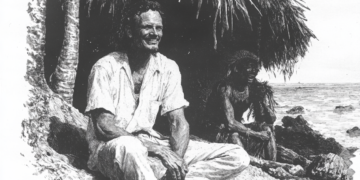
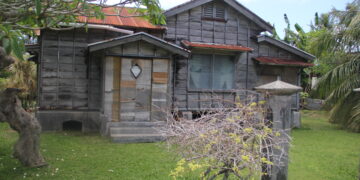
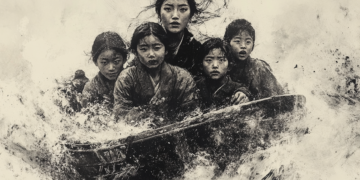



Discussion about this post